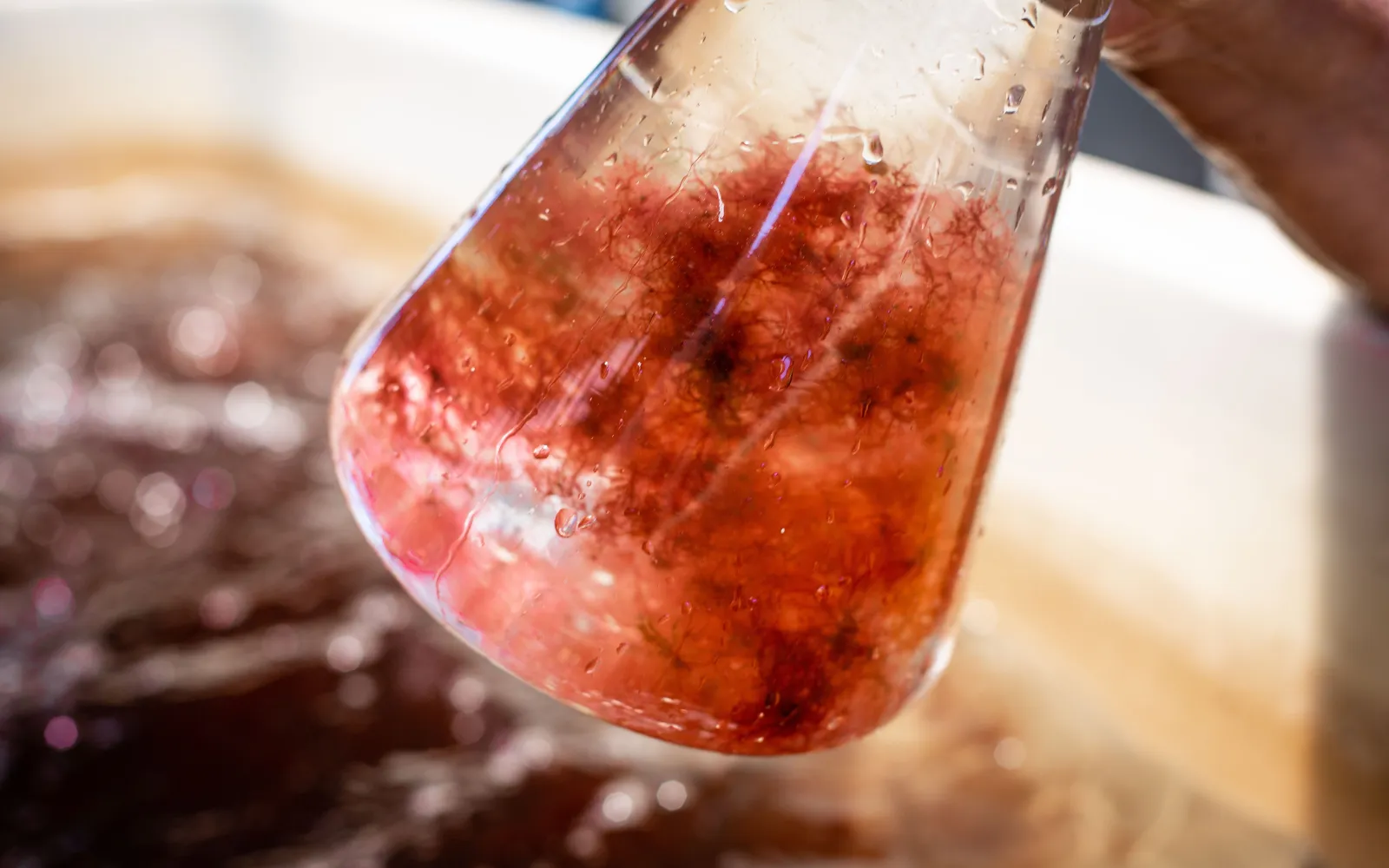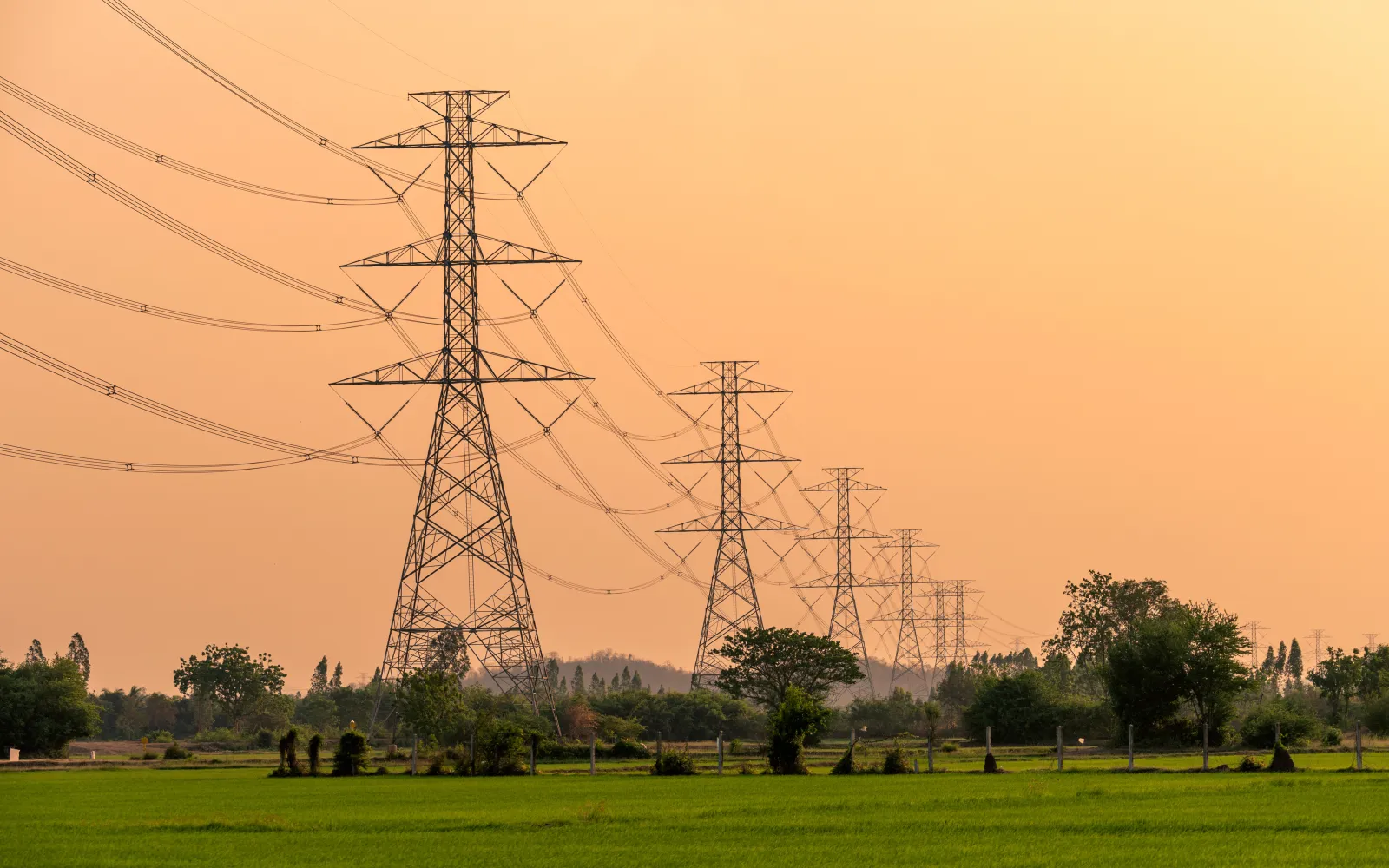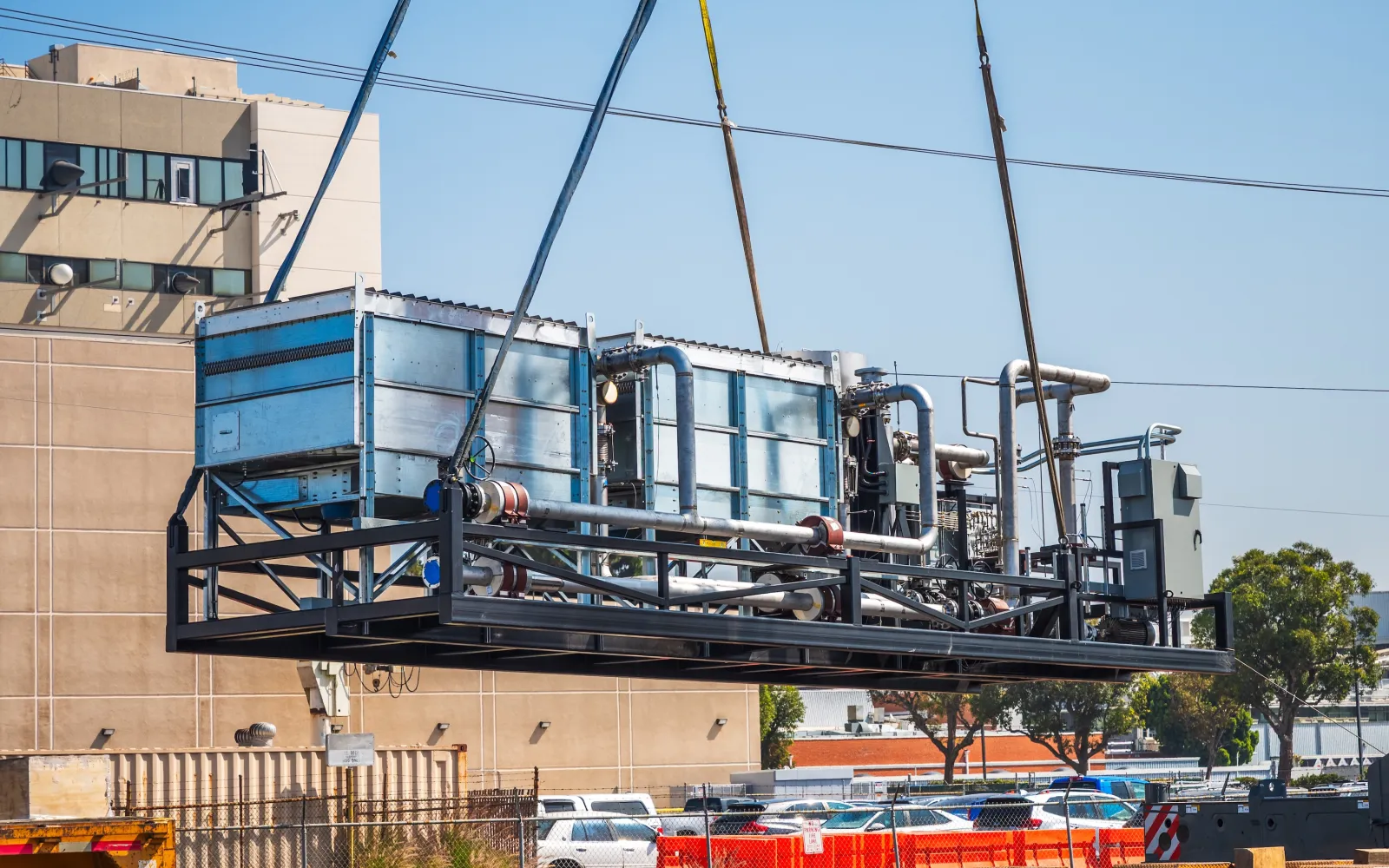

CH4 Global
Tackling beef and dairy farming’s methane problem
I can help solve climate change if I grow this seaweed at a massive scale and feed all the ruminants on the planet
Steve Meller
CEO CH4 Global
What would you do if you knew your country had only a year left? Those words, spoken by the leader of a drowning island nation, spurred CH4 Global’s CEO Steve Meller to action. “The company was born that minute.” Steve happened to know about the unique properties of a seaweed called_ Asparagopsis_ that prevents cattle from emitting greenhouse gases.
Livestock account for a whopping 15 percent of global GHG emissions, and nearly 40 percent of those emissions are methane from digestive process, according to the United Nations’ Food and Agriculture Organization. In short, cows are methane-production machines — about 500 liters per cow, every day. That wasn’t a problem 10,000 years ago, when humans in western Asia began keeping herds of domesticated aurochs. But today there are 1.5 billion beef and dairy cattle worldwide, including 94 million in the U.S. Methane from “cattle enteric fermentation” — cow burps — accounts for 4 percent of U.S. greenhouse gas (GHG) emissions.
We could replace every internal combustion engine with an electric motor, and every coal or gas-fired power plant with wind turbines or solar farms, and it wouldn’t be enough to avert catastrophic temperature increases and sea-level rise. Fortunately, some parts of the problem will be easier to solve than others. We can’t build advanced nuclear reactors overnight, but we can get cows to stop burping methane. A dietary supplement that helps cows metabolize more of their food and convert less of it to methane could swiftly reduce cattle’s contribution to global warming. Thanks to research in Canada and Australia, there is such a substance.
To scale the solution, DCVC Bio and DCVC invested $13 million in a company commercializing Asparagopsis production, CH4 Global, leading the company’s Series A funding.
In 2005, a Dairy Farmer on Prince Edward Island, Canada, named Joe Dorgan, noticed that the cows who grazed on storm-tossed seaweed were more productive than the rest of his herd. The seaweed-eaters, Dalhousie University researchers Rob Kinley and Alan Fredeen later discovered, were not only healthier, but also less gassy. Further research demonstrated that when freeze-dried and added to animal feed, Asparagopsis reduces bovine methane production by up to 90 percent. Many readers may recognize Asparagopsis as the seaweed used in the traditional Hawaiian dish called Poké.
In 2014, Rob Kinley moved to Australia to take a job with the Commonwealth Scientific and Industrial Research Organisation (CSIRO). There, he worked with Marine Algae Specialists at James Cook University to test the effects of 20 seaweed species on methanogenesis in the laboratory. Asparagopsis taxiformis, which grows in tropical and temperate waters, was the best, even at low doses. His work showed that when freeze- dried and added to animal feed, Asparagopsis reduces bovine methane production by up to 90 percent.
The crucial ingredient is bromoform, a compound the seaweed stores in specialized gland cells to make itself unappetizing to marine herbivores. (It’s chemically similar to chloroform, made popular in spy novels.) In the ruminant gut, microbes typically decompose cellulose into fatty-acid fuel, releasing hydrogen, which other microbes then feed on, producing methane. Bromoform blocks enzymes involved in this final step.
The data Kinley gathered spurred the formation of FutureFeed, a joint venture between CSIRO, James Cook University, and an industry body called Meat & Livestock Australia that has patented the food-additive formulation of Asparagopsis taxiformis and a cold-water cousin called Asparagopsis armata. Today, farmers are learning how to grow the wispy red plant in offshore aquaculture farms.
Steve Meller, the CEO and Cofounder of CH4 Global, is a Neurobiologist who spent three decades leading innovation efforts at the consumer goods giant Proctor & Gamble. In 2016, he helped CSIRO identify Asparagopsis as a potentially important part of its research.
CH4 Global has a land-based nursery for young Asparagopsis plants, and what Meller calls an “Eco Park” for adult plants off the coast of South Australia. (That’s Meller’s home state, and it also happens to be the only place on Earth where Asparagopsis taxiformis and Asparagopsis armata grow together, with overlapping life cycles that extend the growing season.) After two years of research, the company perfected its proprietary process for drying the seaweed, without disrupting its methane-reducing effectiveness.
CH4 Global’s first Eco Park will be running by December 2022, and it already has customers waiting for seaweed. But the company won’t build vast offshore seaweed farms. Rather, it will teach aquaculturists how to grow Asparagopsis, paying for wet seaweed at their facilities, then process the seaweed into a stable, formulated product to be added to animal feed, which they will sell directly to dairy and beef farmers, starting in Australia and New Zealand. Because it’s a naturally obtained material, Asparagopsis doesn’t require regulatory approval before it can be sold in Australia. The U.S. is more stringent, but Meller believes the Food and Drug Administration will approve seaweed as an animal feed additive in 2022.
Meller predicts that the product will sell itself as more regions adopt methane-reduction regulations, similar to California’s. In 2016, that state passed a law mandating that methane emissions from cattle be reduced to 40 percent of 2013 levels by 2030, empowering the California Air Resources Board to regulate cow burps as soon as a viable technology emerges.
Methane is a potent greenhouse gas, trapping about 80 times more heat than CO2 over a 20-year period, and up to 99 times over a 10-year period. The good news is that methane persists for a relatively short time in the atmosphere, so curtailing methane emissions has immediate impact. That’s why the United Nations Environment Program (UNEP) asserts that reducing methane emissions by about half in this decade could avert 0.3°C of global warming by 2045. “Cutting methane is the strongest lever we have to slow climate change over the next 25 years,” said Inger Andersen, UNEP’s executive director.
1.5 billion burping cows can’t be ignored. “We need a plan to transition away from [fossil fuels], and that’s a decade’s worth of work,” Meller says. “So, you need the ability to buy time. Reducing methane is the best way to buy time.”




